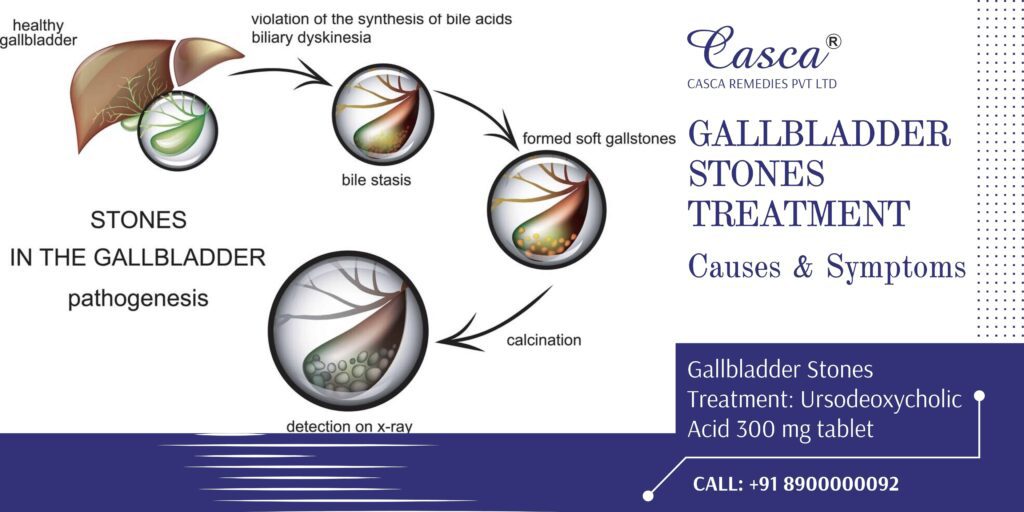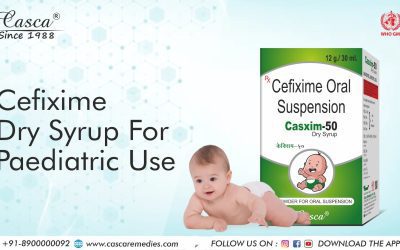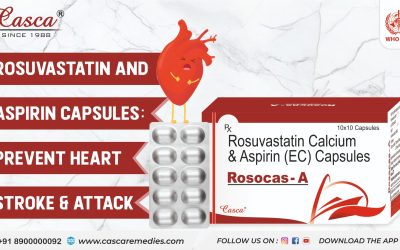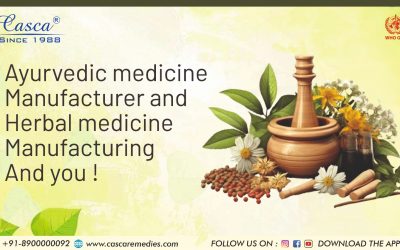Gallbladder Stones Treatment, Causes, and Symptoms

Gallbladder Stones , also called cholelithiasis, are stones in the gallbladder. Gallstones can be painful, hard deposits of digestive fluid that form in your gallbladder. Your gallbladder is a small pear-shaped organ on the right side of your abdomen, beneath your liver. It holds a digestive fluid called bile that’s released into your small intestine. People who experience symptoms from their Gallbladder Stones Treatment because their stones may cause complications. Gallstones that don’t cause any signs and symptoms can often be left untreated.
What causes Gallbladder Stones?
Factors that may increase your risk of Gallbladder Stones include:
- Being female
- Being age 40 or older
- Being a Native American
- Being a Hispanic of Mexican origin
- Being overweight or obese
- Being sedentary
- Being pregnant
- Eating a high-fat diet
- Eating a high-cholesterol diet
- Eating a low-fiber diet
- Having a family history of gallstones
- Having diabetes
- Having certain blood disorders, such as sickle cell anemia or leukemia
- Losing weight very quickly
- Taking medications that contain estrogen, such as oral contraceptives or hormone therapy drugs
- Having liver disease
Signs and Symptoms of Gallbladder Stones
Gallbladder Stones may cause no signs or symptoms. If a Gallbladder Stones becomes lodged in a bile duct, causing a blockage, the resulting signs and symptoms may include:
- Sudden and rapid pain in the upper right side of your abdomen
- A pain in your lower abdomen, just below your breastbone.
- You have back pain between your shoulder blades.
- You’re feeling pain in your right shoulder.
- You might have nausea and vomiting.
When you have gallstone pain, it may last several minutes to a few hours.
When to see a Doctor
If you have any signs or symptoms that worry you, please make an appointment to see your doctor. If you develop signs and symptoms of a serious gallstone complication, seek immediate care.
- Abdominal pain that keeps you from sitting still or finding a comfortable position
- Jaundice gives skin and the whites of your eyes a yellowish color.
- A high fever may be accompanied by chills.
Types of Gallbladder Stones: Knowing The Differences Will Save You A Lot Of Pain
Four Types of Gallstones That Can Form In The Gallbladder Stones
- Cholesterol Gallbladder Stones. The most common gallstone type, a cholesterol gallstone, is made up mainly of undissolved cholesterol, but may also be composed of other cellular and chemical components.
- Pigment Gallbladder Stones. These dark brown or black stones can form when your body’s bile contains too much bilirubin.
Complications
Inflammation of the gallbladder. If a Gallbladder Stones becomes lodged in the neck of the gallbladder, inflammation of the gallbladder (cholecystitis) can result. Cholecystitis causes severe pain and fever.
Blockage of the common bile duct. Gallbladder Stones block the ducts through which bile flows from the gallbladder to the small intestine. This causes severe pain, jaundice and bile duct infections.
Blockage of the pancreatic duct. The pancreatic duct runs from the pancreas and connects to the common bile duct just before entering the duodenum. It carries pancreatic juices, which aid in digestion.
The blockage of the pancreatic duct by a Gallbladder Stones can lead to inflammation of the pancreas (pancreatitis). Pancreatitis causes intense, constant abdominal pain, and usually requires hospitalization.
Gallbladder cancer. People with a history of Gallbladder Stones have an increased risk of gallbladder cancer. However, the risk is still very small because gallbladder cancer is rare, even among people with a prior history of gallstones.
Prevention from Gallbladder Stones
To reduce your risk of Gallbladder Stones you should:
Avoid skipping meals. Try to eat your meals at the same time each day. Skipping meals or fasting can increase the likelihood of developing gallstones.
Lose weight slowly. Rapid weight loss can increase the risk of gallstones. Aim to lose 1 or 2 pounds (about 0.5 to 1 kilogram) a week by eating less and being more active.
Eat more high-fiber foods. Aim to eat more high-fiber foods. Include whole grains, fruits and vegetables in your diet.
Maintain a healthy weight. Obesity places people at risk of developing gallstones. To avoid this risk, work to achieve a healthy weight by reducing the number of calories you eat and increasing the amount of physical activity you get. Once you achieve a healthy weight, work to maintain that weight by continuing your healthy diet and continuing to exercise.
Gallbladder Stones Treatment
In most cases, you will not require Gallbladder stones treatment unless they cause pain. Occasionally, you can pass Gallbladder stones without experiencing any discomfort. If you are in pain, your doctor is likely to recommend surgery. In rare instances, medications may be used.
Gallbladder stones can cause significant pain. If you are experiencing a small amount of pain, your doctor will likely recommend Ursodeoxycholic Acid 300 mg medication may be used to help pass the stone without surgery. In rare cases, When You Have a significant amount of pain, the doctor will likely recommend surgery.
If you’re at high risk for Gallbladder stones complications, nonsurgical treatments may give you the time you need to schedule surgery. However, if surgery is not performed, your gallstones may come back in the future. This means you will most likely have to keep a close eye on your condition for the rest of your life.






